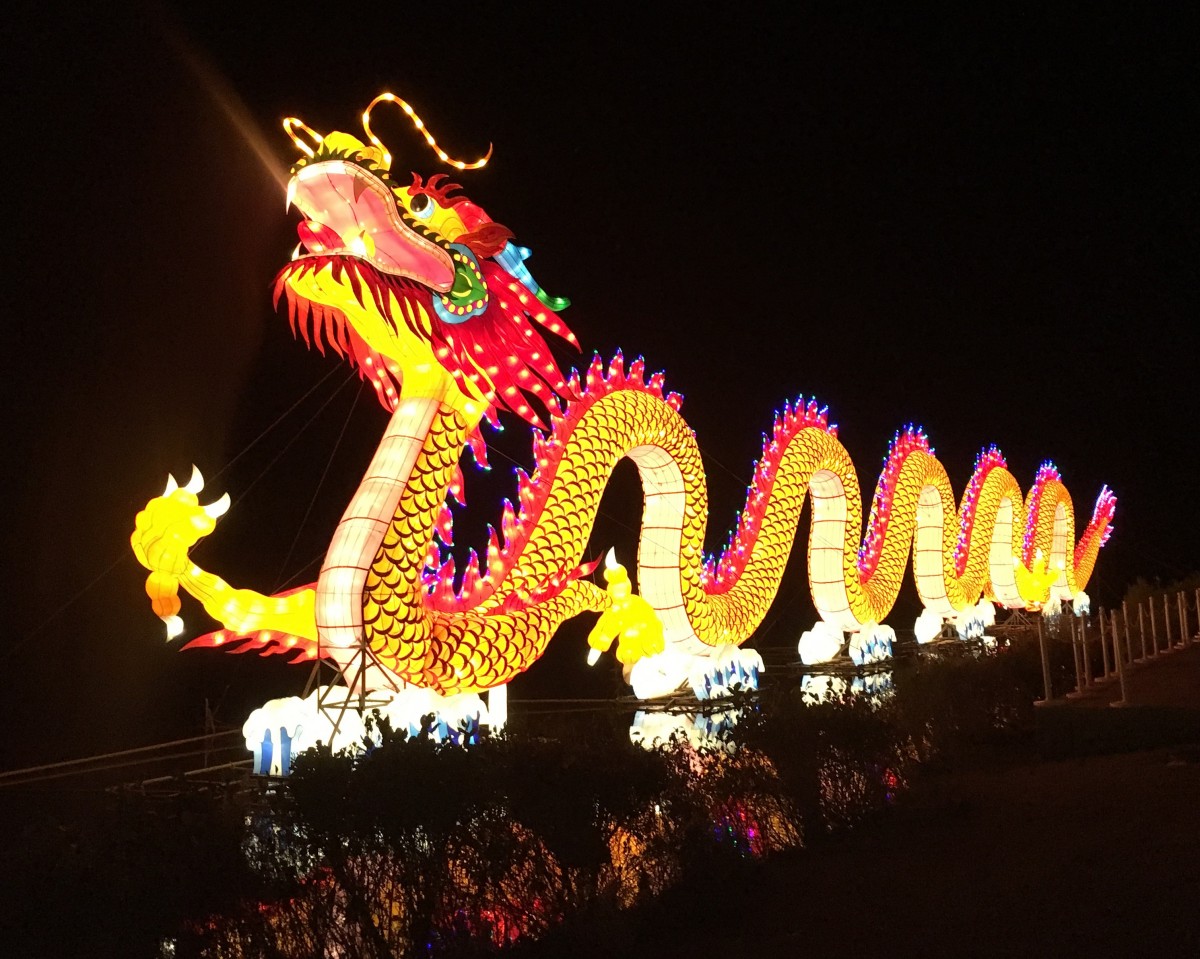
Chinese New Year, also known as Lunar Year, and Spring Festival, is a special holiday that is widely known for fireworks, red envelopes, and eating dumplings. Chinese New Year offers a variety of activities to do with family and friends during the long 3-week festival. Activities include New Year Scrolls (Couplets), Hongbao (Red Envelope), tomb-sweeping, firecrackers and fireworks, festival temples, and the colorful festival lanterns.
New Year Scrolls, or couplets, are usually passed onto doors or hinged outside as part of the festival celebration. The custom couples pasting can be backtracked over 1000 years ago in the later Shu state (934-965). The original form of a modern version of couples was called “Taofu,” which is a piece of peach wood with no writings on it that served the purpose of protecting against evil. In the Song Dynasty (960-1279), the couplets were written on the wood to express people’s good wishes as well as being a decoration. Now, the modern version of the couplets replaces the wood with a bright red piece of paper. The couplets include antitheticals on two sides and a horizontal scroll hanging on the top.
Red envelopes are special in Chinese New Year. It is another way to express gratitude to the younger generation from the older generation. In folk culture, red envelopes are also known as lucky money, which is given to children to live safely and soundly for the whole year. This ideology still persists and the money increases. Families either tell the children to spend money on important supplies such as books for school, while some families teach the children to save for future use.
CCTV News Gala is a comprehensive art and performance event on the festival’s eve. It was first broadcasted in 1983 and ever since then, it was beloved by the Chinese people. Performances include basic elements such as skits, Xiangsheng (cross talks), acrobatics, songs, and dances. Recently, more and more foreign artists are appearing, which provides the Chinese a window to Western culture. The performances always end with a song called Cannot Forget Tonight.
As the CCTV News Gala is being broadcasted, the families are enjoying a home cooked feast. Family dinner is an essential in Chinese New Year. Chinese New Year is meant for friends and families to come together and enjoy each other’s company and have a laugh. An essential food for Chinese New Year is dumplings (jiaozi), especially the original, classic dumplings which includes ground pork, cabbages, scallions, finely chopped garlic cloves, and fresh ginger. Dumplings are usually eaten on New Year’s Eve because the shape of the dumplings represents Yuanbao, a kind of money used in ancient Chinese times. Dumplings are eaten to bring wealth for the upcoming year. Some traditions wrap coins, candy, peanuts or chestnuts to resemble different offerings. Coins resemble wealth for the individual and family, candy resembles a sweet life for the upcoming year, peanuts for health and longevity, and chestnuts for vigor, which is physical strength and good health.
After the amazing dinner, firecrackers and fireworks are being set off to express happiness and passion towards the New Year. The use of fireworks can be traced back to the “Legend of the Monster Nian” 2,000 years ago, when people threw bamboo into the fire to drive away the monsters. When gunpowder was invented, firecrackers replaced the bamboo and now it is commonly known for scaring away the evil. Fireworks are also set off in the evening when the Lantern Festival is running.
Now finally, the Lantern Festival. The Lantern Festival marks the end of the Chinese New Year on the evening of January 15. Lanterns in different shapes are placed all around the cities on the evening of January 15 of the lunar month. In ancient Chinese times, lanterns were made of paper or silk with candles placed inside. Although there is better technology nowadays, the lanterns are still being made of paper or silk but with LED bulbs rather than real candles to provide a safer environment for all. In many cities, organizations or governments decorate gardens and other places with lanterns for the people to enjoy a beautiful festival view.
Here is a table representing what is going on during the 3-4 weeks of the Lunar Year.
| Date
|
Activities
|
Transport
|
Business
|
| February 1 – 14
|
Millions of people going back home, cleaning and shopping
|
Super busy all around the country
|
Companies winding down operations
|
| February 15 (New Years Eve)
|
Hanging red lanterns, the new year reunion dinner, setting off firecrackers, giving red envelopes, staying up to watch CCTV’s New Year Gala
|
Local transport can be busy
|
Most shops close by the afternoon
|
| February 16 (New Years day)
|
At midnight a barrage of firecrackers, more firecrackers in the morning and evening, giving more red envelopes | Quiet
|
No bank or government buildings are open, only big shopping malls
|
| February 17
|
Visting relatives
|
Quiet
|
Some bank or government buildings are open, big shopping malls are still open
|
| February 18
|
Visiting friends
|
Local travel is a bit busy
|
Some banks or government buildings are open, big shopping malls are still open
|
| February 19 – 20
|
Some people will go back to work, some will visit more friends and relatives
|
Very busy
|
Most banks or government buildings are open, big shopping malls are still open
|
| February 21
|
For some people, it is the first day back to work
|
Very busy
|
Some shops, companies, and offices will reopen this day
|
| February 22 – March 2
|
Return travel; Lantern Festival is on the last day of Chinese New Year (March 2nd)
|
Very busy
|
Majority of the shops, companies, and offices will reopen
|